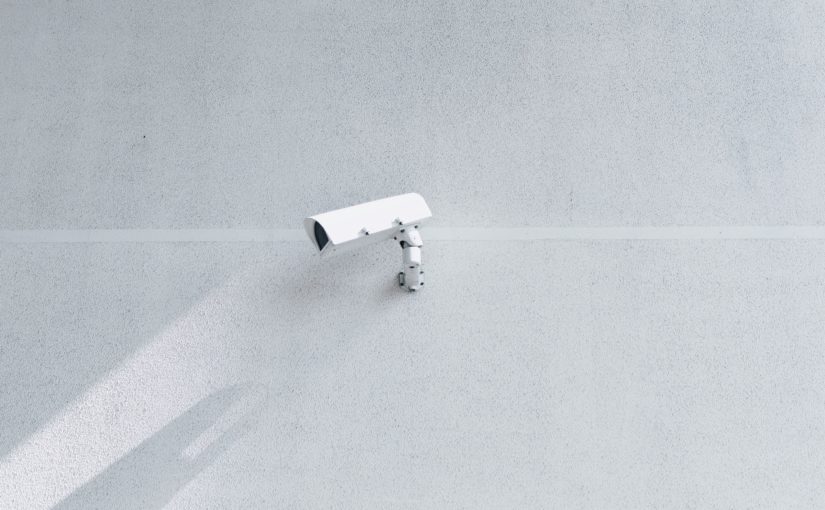By Jackie Edwards
The video surveillance industry continues to develop and prosper as awareness for safety grows among citizens concerned for the security of their homes. According to a poll conducted in 2018 by SDM, in which both integrators and dealers were asked about their state of confidence with the current surveillance market, 75% said they believed the market’s state to be excellent. As video surveillance continues to grow in prominence and ubiquity, with more homeowners looking to secure their households, the more technical aspects of home surveillance should be made transparent and readily available. Placement technique and varying types of surveillance systems are being continually innovated and specialized towards fostering intuitive home security setups. Here’s an overview of the current standards for installing CCTV systems and their variant iterations.
Conventional surveillance setup
A
conventional surveillance setup is comprised of either mountable or
stand-alone cameras, positioned independently in various areas which
work in conjunction with each other to capture consistent video. The
collective of cameras send footage to a monitor system; the signal being
broadcast from the cameras to the monitors is closed circuit. Viewing
of the camera’s feed is strictly observable from connected equipment.
The majority of modern surveillance cameras capture high resolution
video and are best situated in corner areas of an indoor space, since
they are typically capable of wide range viewing. The system itself is
conventionally connected by coaxial cables. Inconspicuous and out of
reach, wired systems are still commonly used by homeowners to deter potential burglary and more generally maintain consistent observance of their property.
Wireless configuration
As
a means of eliminating the need for cumbersome wire installation, newer
surveillance systems are entirely wireless. Composed of a camera,
transmitter, receiver, visual monitor, and a supplemental data storage
system, wireless setups allow for broader range in regards to placement
and proximity from the central monitoring unit. Footage is captured and
streamed from a radio transmitter to an antenna; the receivers can
either be based within the camera and monitor or separate from one
another. Being wireless, these units are able to be disguised as everyday items, or can be totally mobilized and mounted onto a tripod or other peripheral.
Flexibility of location for surveillance
Areas
of the home that experience the most break-ins are the front door,
backyard, and the ground floor parallel to the house. What should be
considered when plotting effective surveillance locations is the
camera’s proximity to a power supply and proximity to the home’s router –
if wireless. Integration of IoT principles makes it possible to use a
smart device for wireless monitoring of the surveillance feed. Some
cameras are designed for communication with other smart and IoT outfitted devices.
Homeowners are granted the flexibility to place camera’s base on their
own concerns for which area of the home is considered a security risk.
Freedom for homeowner’s and how they arm their home is the priority for surveillance companies. As the industry continues to develop along with smart technology’s integration to domestic life, surveillance systems will persist in popularity and normalcy.
